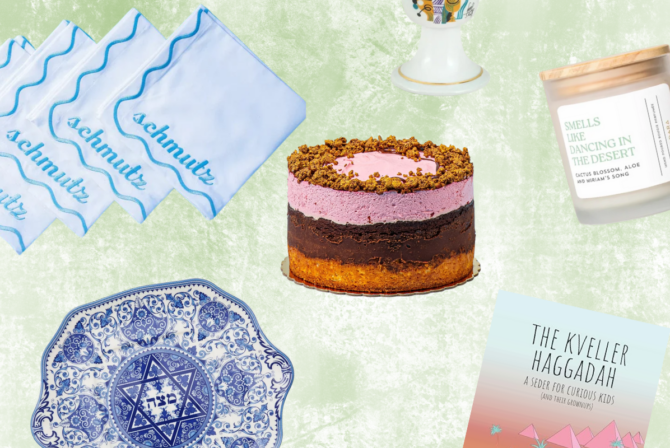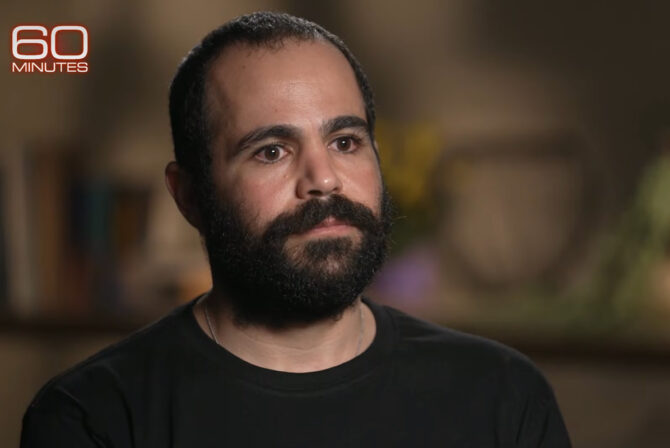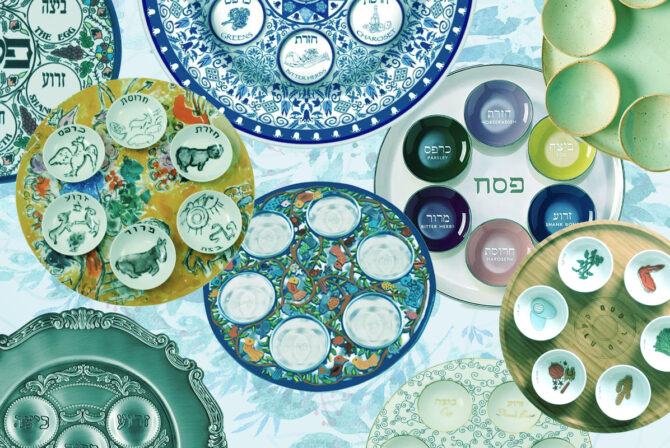The email read: You are cordially invited to your child’s kindergarten consecration ceremony.
“What’s that?” my non-Jewish husband asked, peering over my shoulder at the computer screen.
“Uhm…” I, his allegedly Jewish wife, replied, “I think that’s what Abraham did to Isaac on Mount Moriah.”
“How come they didn’t mention that in the Jewish day school brochure?”
“I need to do some research,” I said, followed by, “Good news! According to this link:
“The ceremony of Consecration marks the beginning on one’s Jewish learning, usually between the ages of 5 and 8, within an organized setting, for example a congregational religious school. When young people begin their study of Judaism, they are honored before the community as a new student and often presented with a certificate marking the occasion and gifts like miniature Torah scrolls. Many congregations will add other rituals to the ceremony such as a special blessing or a recitation of the Sh’ma. Consecration services often take place at the end of the High Holiday season, usually as part of the congregation’s celebration for the holiday of Simchat Torah, meaning ‘joy or celebration of the Torah.’ The word ‘consecrate’ in religious circles means an association with something holy, and throughout our tradition Jewish learning is considered a sacred task.”
“That does sound much better than the Abraham version,” my husband agreed.
It was the first time I had heard of such a thing. Born in the Soviet Union, I came to the United States with my family at age 7, attended a conservative Jewish day school from second to sixth grade, studied Hebrew in high school to fulfill my foreign language requirement, and was even president of my Hillel in college. But, it was the first time I’d ever heard of a consecration ceremony.
So I just did what I was told. The school said send in a shoebox, I sent in a shoebox. When my daughter painted the black shoebox blue and brought it home again, I acted like that made perfect sense.
“What’s it for?” my husband asked.
“I don’t know,” I admitted.
I also didn’t know why we had to bring the shoebox with us to services that Friday night (a fact my daughter only remembered when we were halfway there, prompting her big brother to heroically race back a dozen New York City blocks to retrieve it). Or why, after we’d dropped my daughter off with the rest of her kindergarten class in the social hall below the sanctuary, her teacher gave the shoebox back to us.
“What are we supposed to do with this?” my husband asked.
“I don’t know,” I reminded him.
It was our first time at this particular temple, so we merely took a seat in the pew marked off for my daughter’s class, and continued doing as we were told. Sit, stand, bow, pray.
Eventually, the children were all brought into the sanctuary and onto the bima. There were maybe 60 of them in all, kindergartners, preschoolers, and first graders from the religious school. Imagine the cutest thing you’ve ever seen, complete with boys in ties too long for them, girls with huge hair-ribbons and a whole lot of waving to the audience, and then double it. Because this was unbearably cute.
They sang some songs they’d learned about Shabbat, including one that ended with the word, “Ugh!” and a fist pumping motion. (Of course, my little pony-tailed non-conformist chose to perform with her arms crossed, looking distinctively peeved for reasons no one could quite figure out.)
And then the rabbi started talking about consecration and l’dor vador and the passing on of the Torah and how it was our duty as parents to “teach them to your children…” and I was struck by the thought: How am I supposed to do that? I’m not prepared to do that! I just found out what a Consecration ceremony is!
Because, despite the five years of day school and the college Hillel conferences, I still have huge, what my teacher husband calls “gopher holes” of knowledge when it comes to Judaism. Because, unlike l’dor vador, my learning didn’t come from generation to generation. My parents were children of Stalin. They weren’t taught anything. My grandparents were children of Lenin. They were instructed to forget everything they once knew.
One of the main reasons we sent my daughter to Jewish day school was so that she wouldn’t end up with similar gaps in her education. But, now I find out I’m supposed to be filling them in, too? (Speaking of things not mentioned in the brochure…)
My phenomenal ability to turn small issues into big ones is well known here on Kveller. So you can well imagine the level of freak out I was reaching as the ceremony went on.
And then, something happened. The kids were all sent back to sit with their parents, and they were handed tiny, personal Torahs. The Torahs, it seems, were meant to go into the shoe boxes (aha! It’s an ark! One mystery solved!). Sitting between my husband and I, our daughter eagerly unwrapped her scroll.
“It’s a Torah! It’s a Torah!” she squealed and bounced up and down with delight (the baffling bad mood of a moment earlier forgotten). “I love it! I love it!” She hugged it tightly. “I’m going to read it every Shabbat in Hebrew and in English.” (Note: She cannot, as of this time, read either language.) She looked up at me. “We’re going to read it together!”
We will. That’s exactly what we’re going to do. We’re going to read the Torah together, and we will indeed pass its wisdom from generation to generation. Where is it written, after all, that knowledge can only flow in one direction?
The saying used to go, “In the Old World, the parents teach the children. In America, the children teach the parents.”
Let’s call this a ceremony to mark the beginning of Jewish learning for everyone.







